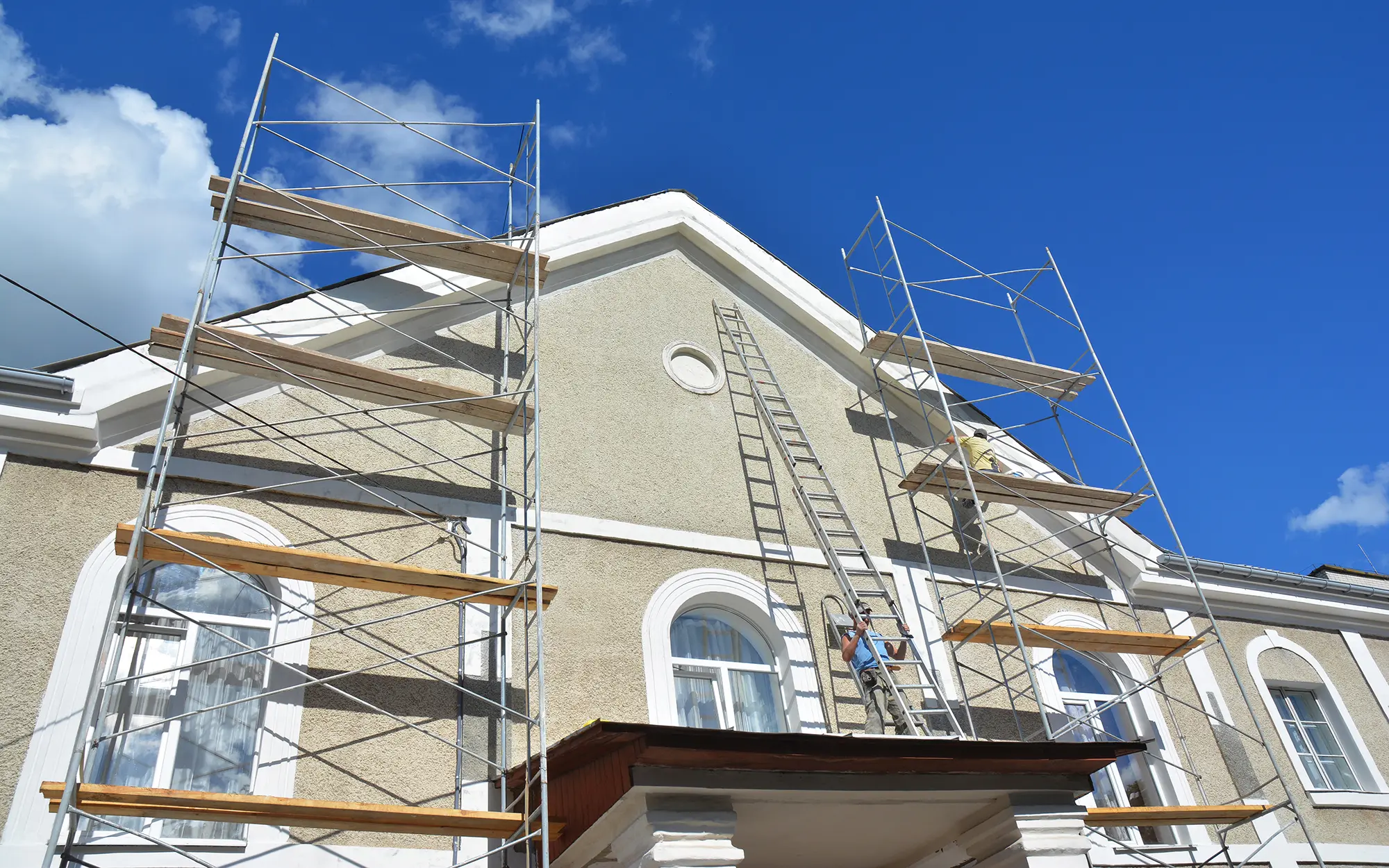You might have heard most about stucco repair Kansas City in building exteriors, but do you know what stucco remediation is? Stucco is an exterior wall coating made of cement, sand, and lime that protects against weather conditions like extreme temperatures and moisture. But, it could suffer damage or deterioration due to water penetration and other factors. Let’s dive into what stucco remediation is and how it can improve the life of your property.
What is Stucco Remediation?
If your stucco has been seriously compromised, with cracks and deterioration that affect the overall structure of your building, then stucco remediation is an excellent long-term solution. This process involves repairing or replacing damaged stucco to get it back to its original state. The best part? It addresses the root cause– in most cases, installation issues– so you can rest assured knowing it won’t happen again soon. Stucco remediation also includes a full replacement system for maximum efficiency and effectiveness.
Furthermore, you must conduct a remediation process if there is extensive water damage in your home. It involves complete inspection and replacement of all contaminated sheathing, framing and insulation materials to protect the health and safety of your family from mold-related illnesses. Remediation is essential for not just restoring but also preserving the condition of your home.
Why is Stucco Remediation Important?
Stucco remediation is not just important in terms of protecting the beauty of your property, but it also safeguards against damage related to water seepage and other environmental factors. Furthermore, by taking proactive measures now, you can ensure that costly renovations or repairs will not be necessary. In short, stucco restoration helps maintain the integrity and longevity of your building’s exterior walls.
How is stucco remediation done?
Stucco remediation is a multi-step process that includes the following:
Step #1: Existing Stucco is Removed
The existing stucco must be meticulously removed and disposed of before the stucco application process begins. Furthermore, it is possible to clean walls without leaving nails or debris on them.
Step #2: Remove damaged plywood and other sheathings
If there is a need to replace any plywood or other sheathing materials, they are completely removed and discarded.
Step #3: Molds are address
Treating and removing any mold in the area of concern is essential. A technician must do this through a meticulous tracing process to pinpoint the source of contamination.
Step #3: Windows and Doors if there is Water Intrusion
Your windows and doors must be removed and replaced with sill flashing to prevent future water damage. Moisture intrusion in stucco will often occur around these areas, requiring proper installation to protect against unwanted moisture.
Step #4: New Siding is Installed
After preparing the area, it’s time to add new siding and stucco with extreme caution. Doing so ensures that your property remains protected against weather conditions all year.
Step #5: Cleaning Up
Once the new siding and stucco are in place, thorough cleaning of the area is necessary. It includes removing debris or dust to ensure no unwanted substances are left behind on your property.
Trust Only An Expert in Stucco Remediation
To avoid costly mistakes, you should entrust your property’s stucco remediation needs to professional contractors. Working with experienced and qualified personnel will help make sure that the job is done right– from start to finish. Also, they can provide valuable advice and guidance on how to prevent future damage from occurring. Stucco remediation is a complex and time-consuming process, so it’s important to make sure that you choose the right people for the job.


